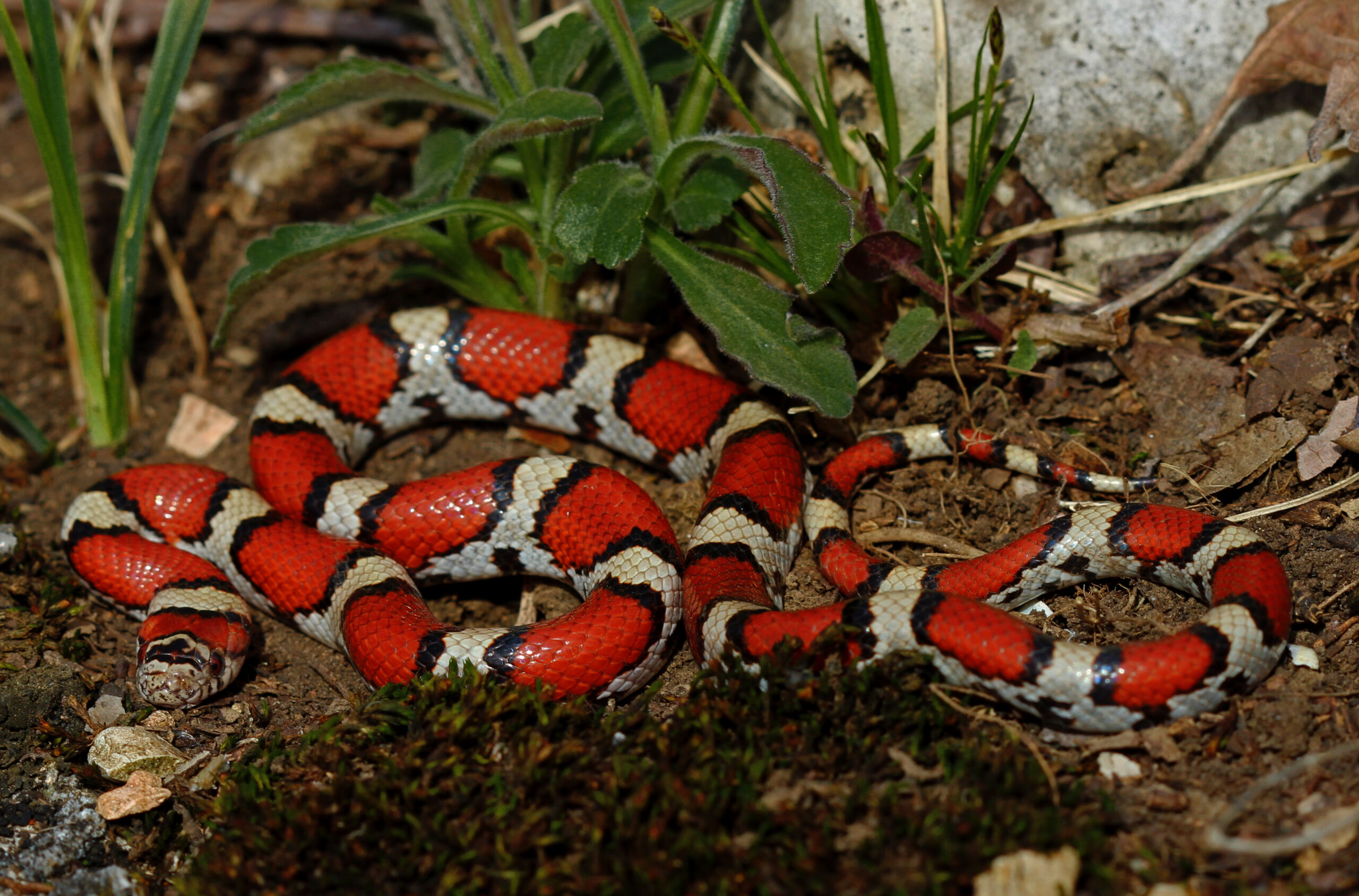In the shadowy world of forest floors and dense undergrowth, evolutionary adaptations take on fascinating forms. Among these is a remarkable behavior exhibited by certain non-venomous snakes: the ability to vibrate their tails rapidly against dry leaves, creating a sound surprisingly similar to that of a rattlesnake’s warning. This sophisticated mimicry serves as a powerful defensive mechanism, allowing these harmless serpents to borrow the fearsome reputation of their venomous counterparts. The behavior represents one of nature’s most elegant examples of Batesian mimicry, where a harmless species evolves to imitate a dangerous one. This adaptation not only showcases the incredible diversity of survival strategies in the animal kingdom but also highlights the subtle ways in which evolution can shape behaviors to exploit the perceptions and fears of potential predators.
The Masters of Leaf-Rattling Deception
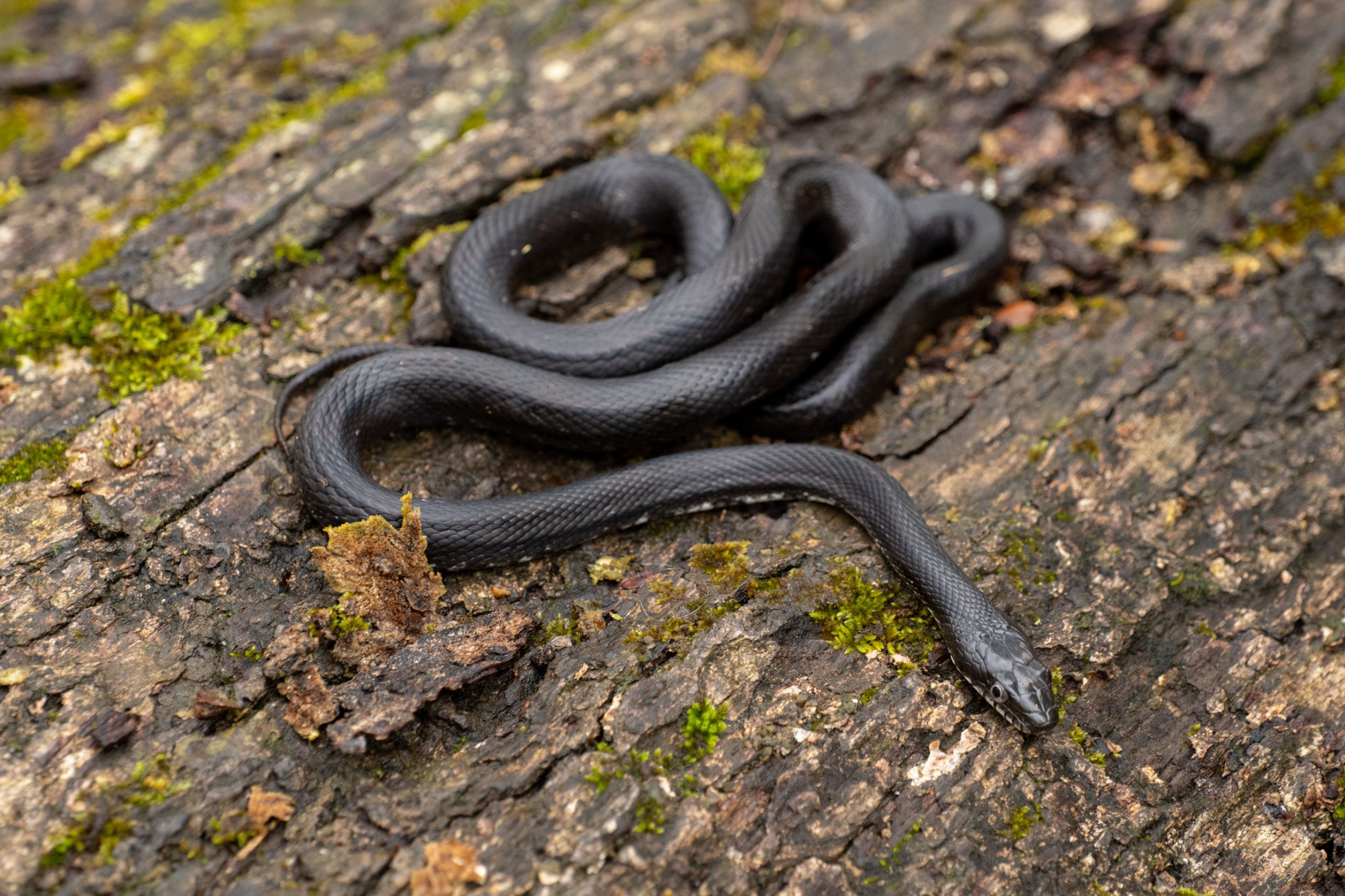
Several snake species have independently evolved the remarkable ability to mimic rattlesnakes by vibrating their tails against leaf litter. Among the most notable practitioners are members of the Rat Snake family (Colubridae), including the Eastern Rat Snake (Pantherophis alleghaniensis) and Black Rat Snake (Pantherophis obsoletus). The Fox Snake (Pantherophis vulpinus), Milk Snake (Lampropeltis triangulum), and Gopher Snake (Pituophis catenifer) are also skilled at this deceptive behavior. These non-venomous mimics have developed this adaptation despite lacking the specialized rattle structure found in true rattlesnakes, demonstrating how behavior alone can sometimes substitute for physical adaptations. When threatened, these snakes will rapidly vibrate their tails against dry leaves or debris, creating a convincing auditory illusion that causes potential predators to think twice before attacking.
The Mechanism Behind the Mimicry

The physics behind this clever mimicry is surprisingly straightforward yet remarkably effective. Unlike true rattlesnakes that possess a specialized rattle formed from interlocking keratin segments, leaf-rattling snakes rely entirely on muscular control and environmental interaction. When threatened, these snakes contract muscles along their tail at frequencies between 20-90 Hz, causing the tail to vibrate rapidly. This vibration itself makes no sound until the tail comes in contact with dry leaves, twigs, or other debris. The resulting rustling sound produces acoustic patterns with surprising similarity to the buzz of a rattlesnake, especially to the untrained ear. High-speed video analysis has revealed that some species can sustain these vibrations for several minutes if the threat persists, demonstrating the physical endurance evolved to support this defensive behavior.
Evolutionary Origins of the Behavior
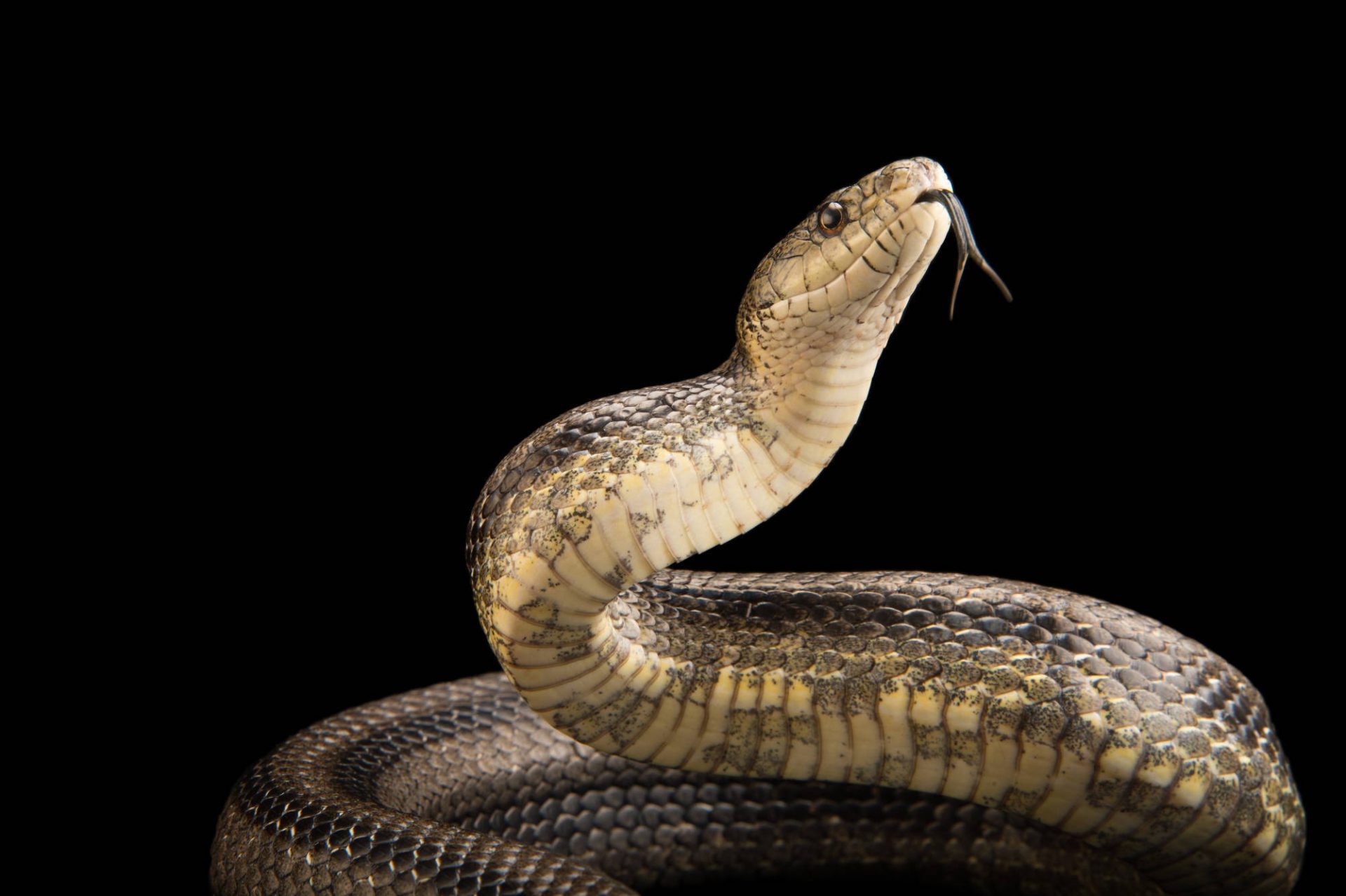
The evolution of tail-vibration behavior represents a fascinating case of convergent evolution, where multiple unrelated snake species have independently developed the same defensive strategy. Herpetologists theorize that this behavior likely emerged after the evolution of true rattlesnakes (genus Crotalus), which first appeared approximately 12-14 million years ago. The advantage conferred by mimicking these dangerous neighbors would have been significant, as predators throughout North America quickly learned to associate the distinctive rattling sound with danger. Researchers have observed that this mimicry behavior is more common in regions where snake species overlap with rattlesnakes, providing further evidence for its adaptive value. Phylogenetic studies suggest that the behavior has evolved independently at least seven times across different snake lineages, highlighting its effectiveness as a survival strategy.
The Effectiveness of Acoustic Deception
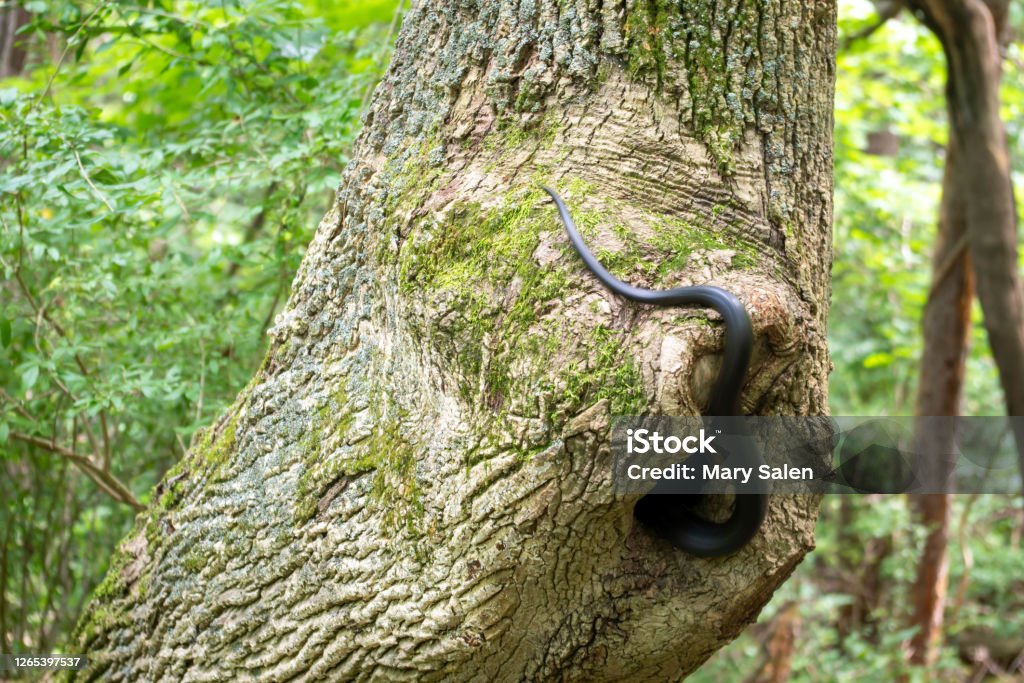
The success of this mimicry hinges on its ability to trigger immediate fear responses in potential predators without requiring visual confirmation. Studies have demonstrated that many predators, including mammals and birds, show innate or quickly learned aversive responses to rattling sounds, even without prior direct exposure to rattlesnakes. In controlled experiments, predators consistently avoided attacking model snakes when accompanied by the sound of tail vibration against leaves. Even more compelling, researchers have documented that the mimicry works even when the acoustic pattern doesn’t perfectly match that of true rattlesnakes—suggesting that the strategy exploits generalized fear responses rather than precise sound matching. The effectiveness of this deception has likely contributed to its widespread adoption across multiple snake species throughout North America.
Regional Variations in Mimicry Behavior
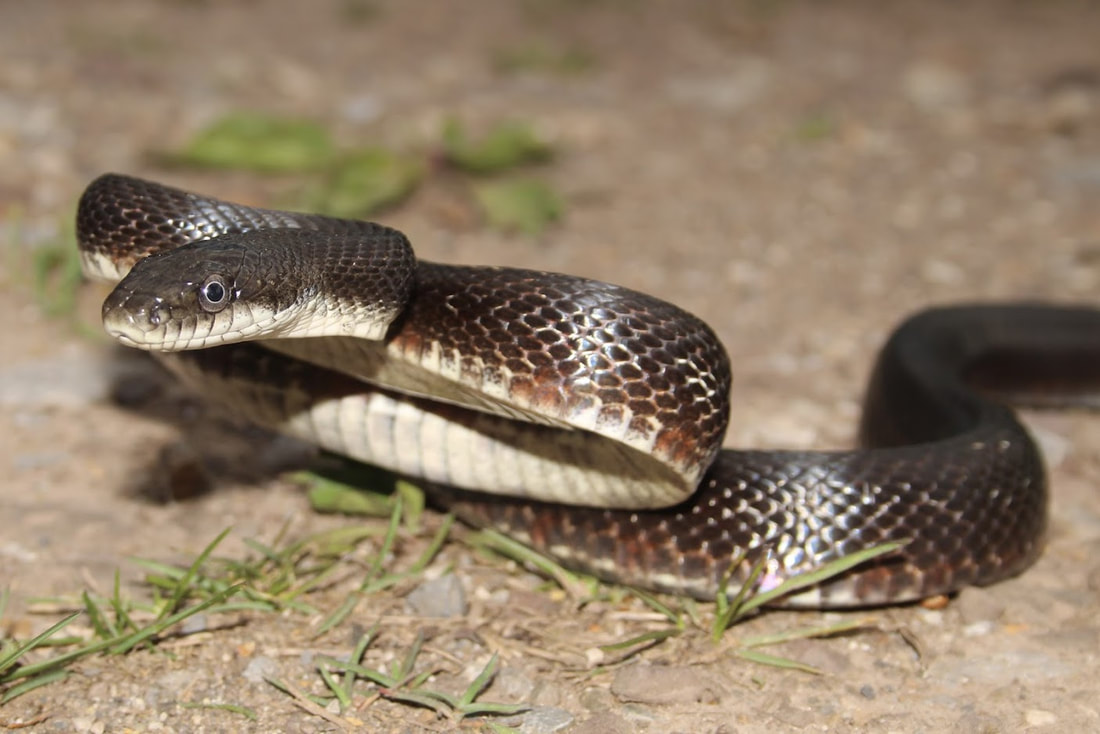
Intriguingly, the prevalence and intensity of tail-vibrating behavior varies geographically, often correlating with rattlesnake distributions. Snakes in regions with high rattlesnake populations tend to display more frequent and convincing mimicry behaviors than those in areas where rattlesnakes are scarce or absent. Researchers studying Eastern Rat Snakes have observed that populations in the southeastern United States, where rattlesnakes are common, engage in tail-vibrating behavior more frequently and persistently than their northern counterparts. Some studies suggest there may even be microgeographic variations, with snakes from different localities within the same species showing different propensities for the behavior. These patterns provide compelling evidence that the behavior is maintained through natural selection and isn’t simply a vestigial trait or coincidental behavior.
Comparing True Rattles and Leaf Mimicry
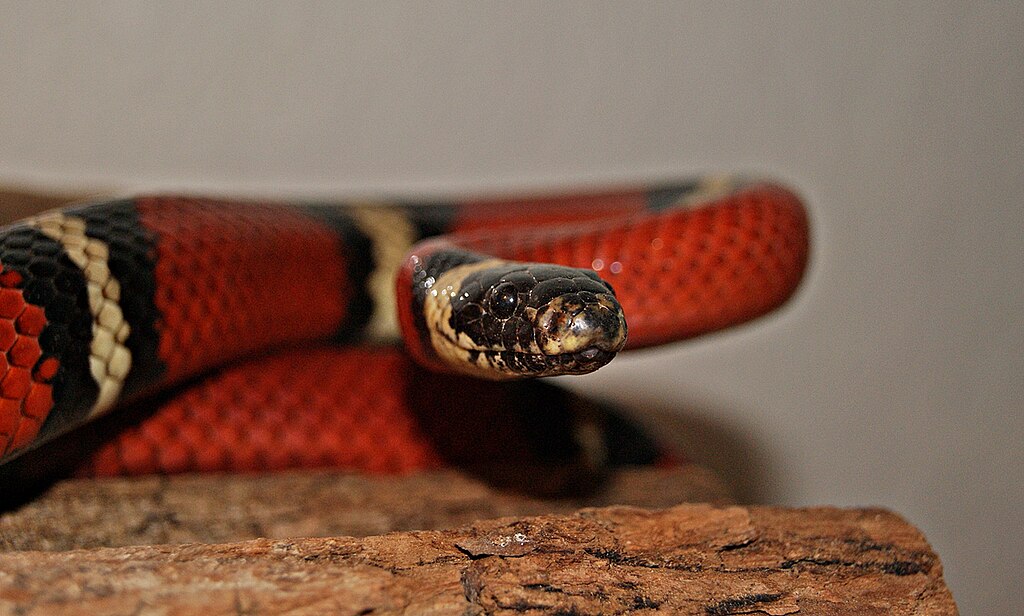
While both true rattlesnakes and their mimics produce similar warning sounds, the mechanisms involved are fundamentally different. Rattlesnakes possess a specialized structure at the end of their tail composed of interlocking, hollow keratin segments (modified scales) that collide when the tail muscles contract, producing their iconic buzz. These segments are acquired throughout the snake’s life, with a new segment added after each shed. In contrast, leaf-vibrating mimics have normal, tapered tails without specialized structures, relying entirely on the interaction between their vibrating tail and environmental materials to create sound. Acoustic analysis reveals that while true rattlesnake sounds maintain consistent frequencies between 20-100 Hz regardless of environment, mimic sounds are more variable and dependent on available substrate. Despite these mechanical differences, the mimicry can be remarkably effective, especially when the non-venomous snake vibrates its tail in dry leaf litter.
Behavioral Context and Triggers
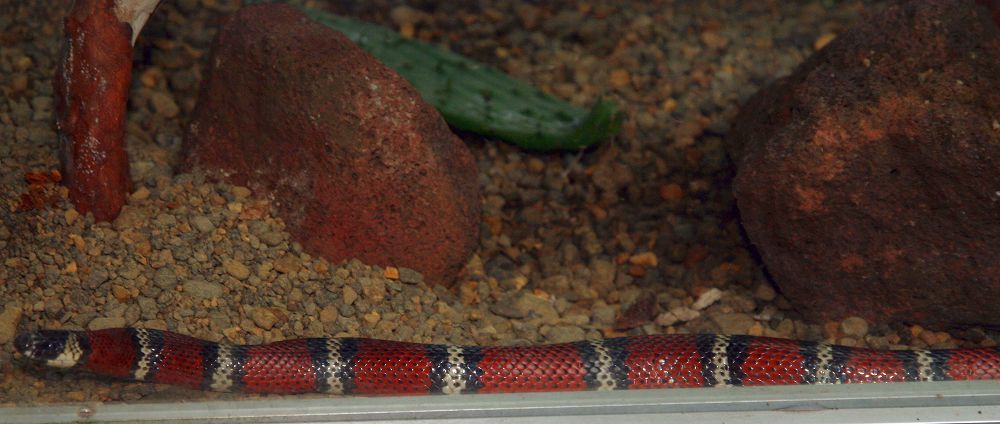
The tail-vibrating behavior isn’t displayed randomly but occurs in specific threatening contexts as part of a graduated defensive response. When first encountering a potential threat, many of these mimicking species will initially freeze, relying on their camouflage to avoid detection. If disturbed further, they may flee or, if cornered, progress to more active defensive displays including tail vibration. Researchers have identified several trigger thresholds that escalate defensive responses, with direct physical contact or rapid approaches being the most likely to elicit tail vibration. Interestingly, juvenile snakes often display tail-vibrating behavior more readily than adults, possibly because their smaller size makes them more vulnerable to a wider range of predators. Some species combine tail vibration with other defensive displays such as body inflation, striking postures, or musking (releasing foul-smelling substances), creating a multi-modal defensive strategy.
Ecological Interactions and Predator Responses
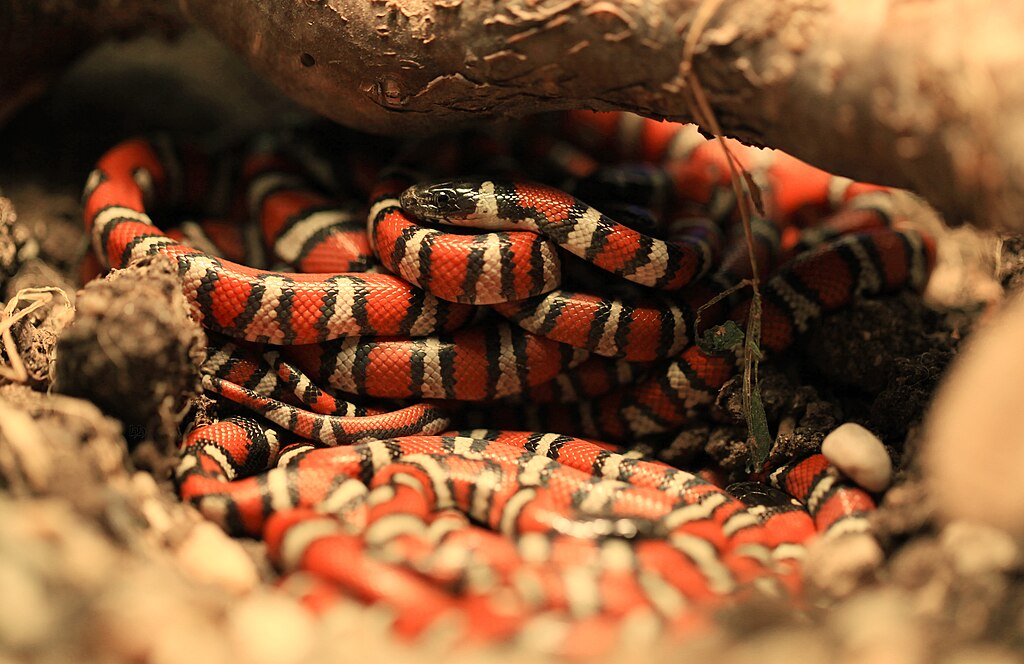
The relationship between mimicking snakes and their predators forms a complex ecological interaction shaped by learning and innate behaviors. Many potential snake predators, including raptors, mammalian carnivores, and even larger snakes, demonstrate instinctive wariness toward rattling sounds. Field studies using camera traps have documented immediate retreat behaviors in coyotes, foxes, and bobcats upon hearing the sound of tail vibration in leaf litter. For predators without innate recognition, negative experiences with true venomous snakes create learned aversions that benefit the mimics through a phenomenon known as stimulus generalization. Young or inexperienced predators may occasionally call the mimic’s bluff, but the overall statistical advantage provided by the mimicry continues to maintain the behavior across populations. This creates a fascinating evolutionary dynamic where the effectiveness of the mimicry depends partly on the continued presence of the model (rattlesnakes) in the ecosystem.
Seasonal and Environmental Influences

The effectiveness of leaf-rattling mimicry varies considerably with seasonal changes and environmental conditions. During autumn when deciduous forests are carpeted with dry leaves, the acoustic effect of tail vibration is dramatically amplified, creating particularly convincing rattling sounds. Conversely, after heavy rain or in early spring when leaf litter is damp and compacted, the same behavior produces much less impressive results. Researchers have observed that some snake species appear to modify their defensive strategies seasonally, relying more heavily on tail vibration during dry periods when it’s most effective. Temperature also plays a significant role, as the muscle contractions necessary for rapid tail vibration depend on the snake being sufficiently warm—below certain body temperatures, the behavior becomes physiologically impossible or ineffective. These environmental dependencies create interesting selective pressures that may influence habitat selection and seasonal activity patterns in these species.
Human Perceptions and Misidentification

The convincing nature of this mimicry frequently leads to misidentification by humans, sometimes with unfortunate consequences for the harmless mimics. When encountering a snake rapidly vibrating its tail in dry leaves, many people instinctively assume they’ve encountered a dangerous rattlesnake and may kill the animal out of fear. Wildlife rehabilitation centers regularly report receiving injured non-venomous snakes that were misidentified due to their defensive tail vibration. Educational outreach efforts often emphasize learning to identify local snake species by their overall appearance rather than relying solely on behavioral cues. Interestingly, human reactions to these mimics provide a modern example of how effective the deception can be—even scientifically educated humans can be momentarily fooled by the sound, demonstrating how deeply ingrained our responses to warning signals can be. This phenomenon has led to increased emphasis on snake conservation education to protect these valuable and harmless ecosystem members.
Research and Scientific Study Methods

Studying this mimicry behavior has required innovative research methodologies across multiple scientific disciplines. Behavioral ecologists use controlled experiments with model predators to measure the effectiveness of the deception, while bioacoustic researchers employ sensitive microphones and spectral analysis to compare the frequency patterns of true rattles versus leaf mimicry. High-speed videography capturing hundreds of frames per second has revealed the precise muscular mechanics behind tail vibration, showing that some species can vibrate their tails at frequencies exceeding 50 Hz. Field researchers use mark-recapture studies to determine whether individual snakes that display more convincing mimicry have higher survival rates, providing direct evidence of natural selection in action. More recently, comparative genomic approaches are beginning to identify the genetic basis for this behavior, with preliminary evidence suggesting that certain neurological and muscular development genes show convergent patterns across multiple mimicking species. These multidisciplinary approaches continue to expand our understanding of this remarkable adaptive behavior.
Conservation Implications and Habitat Protection
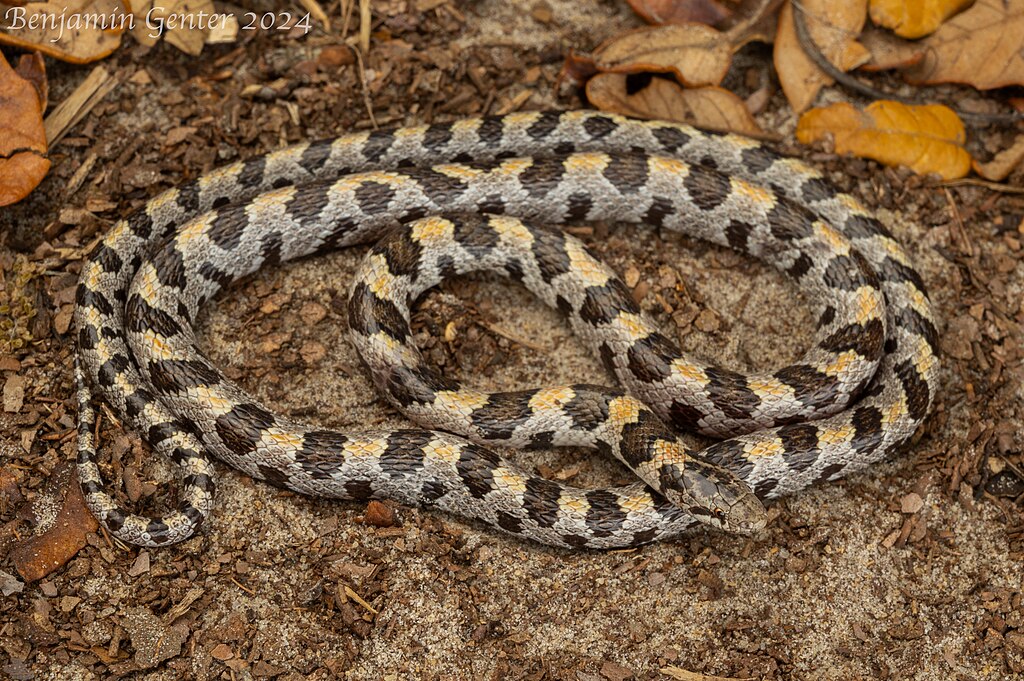
The leaf-rattling mimicry behavior has important implications for conservation efforts focused on these non-venomous snake species. Many mimicking species face population declines due to habitat loss, road mortality, and deliberate killing based on misidentification. Conservation biologists have noted that fragmentation of forest habitats can disrupt the ecological relationships that maintain effective mimicry, as the absence of true rattlesnakes in some isolated habitat patches may reduce the selective advantage of the mimicking behavior over generations. Protected area designs increasingly consider the need to maintain intact predator-prey relationships and model-mimic dynamics to preserve these evolutionary adaptations. Several states have implemented specific protections for commonly persecuted mimics like rat snakes and milk snakes, recognizing their ecological value and the threats they face from human misunderstanding. Education programs that highlight this fascinating behavior often increase public appreciation for these harmless snakes, potentially reducing intentional killings based on fear or misidentification.
Future Research Directions
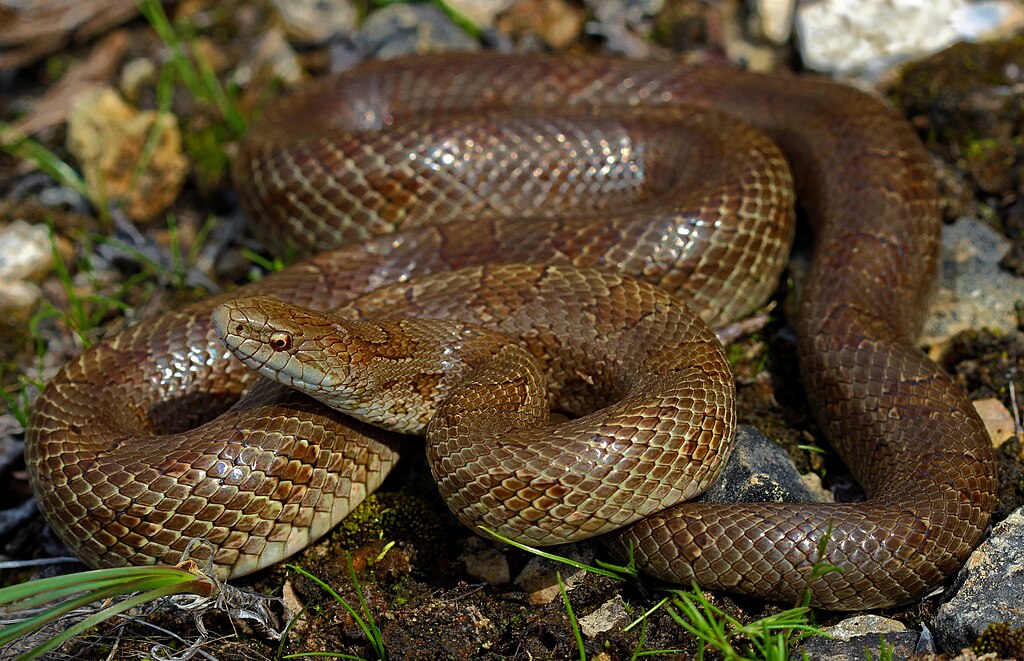
The phenomenon of leaf-rattling mimicry continues to generate exciting research questions across multiple biological disciplines. Evolutionary biologists are investigating whether climate change might affect the efficacy of this mimicry, as changing precipitation patterns alter the seasonal availability of dry leaf litter. Neurobiologists are exploring how the brain circuitry controlling defensive tail vibration evolved multiple times across different lineages, potentially revealing fundamental principles about the evolution of complex behaviors. Questions remain about how juvenile snakes learn to employ this behavior effectively—whether it’s entirely innate or refined through experience. Conservationists are developing new techniques to track the prevalence of this behavior across fragmented landscapes to better understand how habitat connectivity affects the maintenance of mimicry systems. Perhaps most intriguingly, researchers are exploring whether these mimicry relationships might be undergoing contemporary evolution as human activities alter the distribution and abundance of both models and mimics across North American ecosystems. These ongoing investigations promise to deepen our understanding of one of nature’s most fascinating deceptive strategies.
This remarkable mimicry behavior exemplifies the intricate ways in which evolution shapes defensive strategies in the natural world. Through the simple act of vibrating their tails against dry leaves, these harmless snakes gain protection by exploiting the well-earned dangerous reputation of rattlesnakes. This adaptation highlights not only the power of natural selection to produce sophisticated behavioral solutions but also the complex ecological relationships that maintain such mimicry systems. As we continue to study these fascinating behaviors, we gain deeper insights into evolutionary processes, predator-prey dynamics, and the subtle interconnections that define healthy ecosystems. For these clever mimics, the sound of rustling leaves might mean the difference between life and death—a testament to the endless creativity of evolutionary adaptation.

